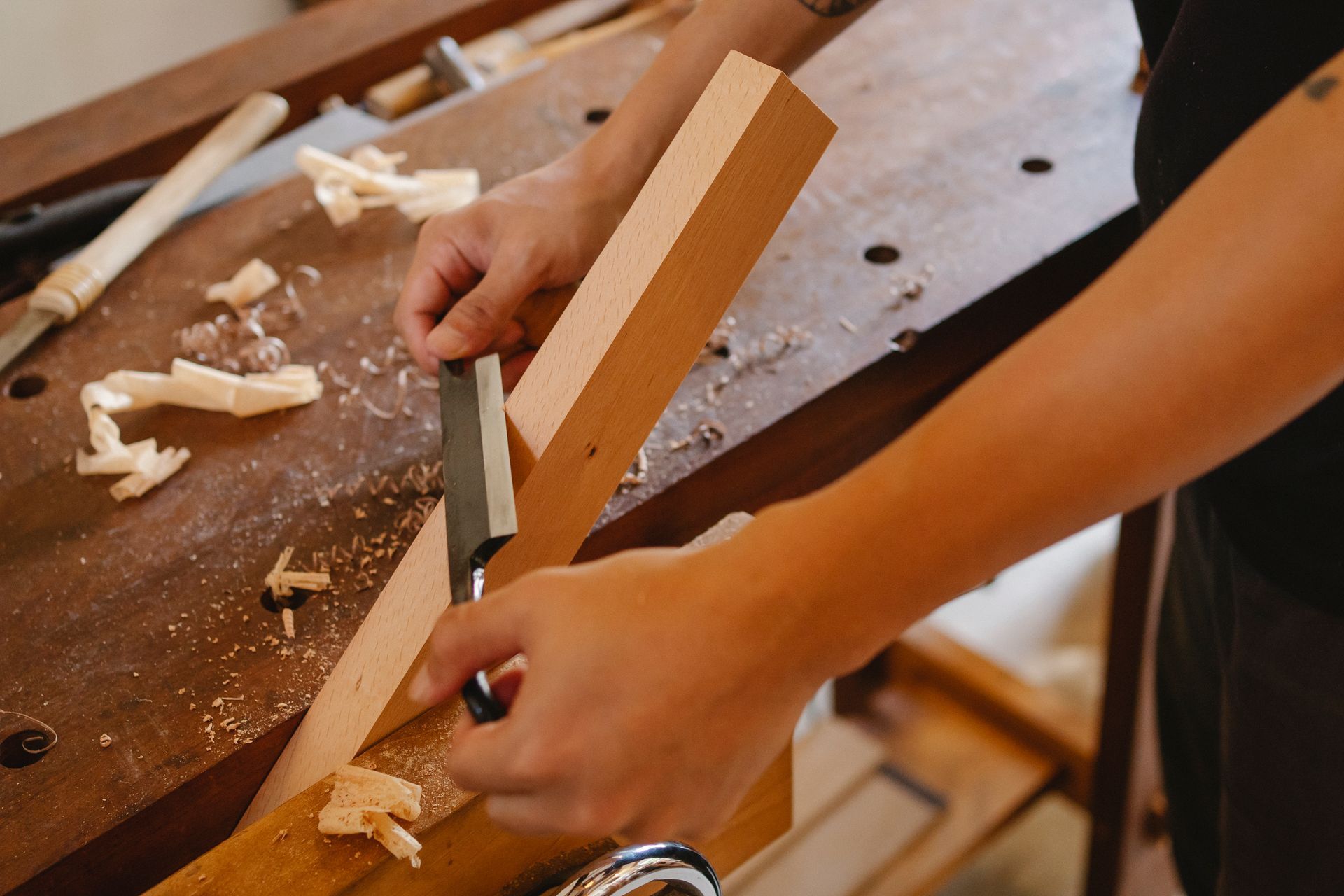Curing Constipation Without Laxatives
From Prunes to Potty Poses: Fun Fixes for Stubborn Stools
Note: this post is part of our gay health series.
We've all been there--Breaking into a sweat, veins popping on your forehead as you're perched on the porcelain throne, trying to make some "magic" happen.
But nada, zilch, nothing. You're more constipated than a cat that ate a ball of yarn. And you're left wondering, "Is there a way out of this bowel battle without resorting to laxatives or prescription meds?"
Fear not, comrades of the clogged colon, because I'm here to give you the deets on how to keep those bowels busy...and we're going to laugh our butts off in the process!
1. Unleash the Fiber Fury! - First off, the National Academy of Medicine reckons we should be necking down between 21 and 38 grams of fiber every day. But most of us treat fiber like our annoying second cousin at a family reunion: we avoid it.
Eating fiber-rich foods like fruits, veggies, nuts, and whole grains is like sending a plunger into your gut. It bulks up your stool, softens it, and sends it on its merry way out. And if you're feeling adventurous, why not try psyllium, the rock star of soluble fiber supplements?
2. Hydrate or Die-drate - Ever tried passing a lump of Play-Doh that's been left out in the sun too long? Yeah, that's your poop on dehydration. The solution?
Guzzle that H2O! Keep a giant, reusable water bottle handy, or chug hydrating liquids like juice, tea, or coffee. And don't forget water-rich fruits like melons and grapes. Hydration is the secret sauce to softer, more cooperative poops.
3. Get Physical - Exercise: it's not just for looking good on the 'gram. A bit of daily movement – a brisk walk, a dance-off with your dog, even vigorous leaf raking – gets your gut going, too. It's like giving your bowels a pep talk, revving them up to move things along.
4. Dine and Dash - Certain foods are basically nature's laxatives. A handful of prunes here, a couple of kiwis there, and you'll be pooping like a champ in no time. As for prune juice, it's practically the nectar of the poop gods! We're going to spend some time on these fruits because they have a lot of research on their efficacy.
First up, Prunes: The Plumb Dandies!
A prune is a dried plum with an attitude and an interesting set of talents. They look like elderly grapes, but don't let their wrinkly appearance fool you! These tiny powerhouses pack a massive punch in the pooping department.
Dr. Michael Camilleri, the Picasso of Gut Motility at Mayo Clinic, sings praises about the power of the humble prune. He even has the science to back it up. In a 2011 study, it was found that chowing down 50 grams of dried prunes (about five or six prunes) twice a day was more potent at keeping stools soft and frequent than 11 grams of psyllium (that fiber supplement we mentioned earlier).
Prunes are essentially the overachieving cousins in the fruit family. They make the bathroom boogie a walk in the park. And if you're not a fan of chewing on these little wrinkled wonders, there's always prune juice – the proverbial oil to your digestive engine.
Next, Kiwis: The Green Goddesses!
Now, let's turn to kiwis, those fuzzy little orbs of green goodness that taste like they fell straight from heaven. But their appeal isn't just their taste – they're also armed and ready to combat constipation.
A study in 2021 (yes, we stay up to date here) found that munching two kiwis per day has similar effects as prunes in the poop department.
That's right, these small fruits are as mighty as the prune! And as a bonus, they help with bloating too – now isn't that sweet?
According to our friend Dr. Camilleri, the sugar, fiber, and other nutrients in kiwis work together like a well-oiled machine. They increase the water content and volume of your stool, making it softer and much easier to expel. It's like a gentle nudge, whispering to your bowels, "Hey there, let's get moving!"
So, if you're feeling clogged up, you might want to consider going to town on some prunes and kiwis. Remember, these aren't just tasty snacks – they're your own private plumbing service, ready to clear the pipes without any harsh chemicals or meds. Now that's some food for thought, or should I say, food for poop?
5. Potty Like a Rockstar - For an added edge in your defecation duel, try a squatty potty. It positions your knees above your hips, making it easier for your body to send your stool on its journey. If you don't have a squatty potty, improvise! An old phone book or a step stool will do.
6. Shake Things Up - There's a new kid on the block – a prescription electronic capsule that vibrates your colon, gently nudging your stool towards the exit. Who knew you'd need to text your colon to get it moving?
And, hey, sometimes even the most "natural" methods won't be enough. If your stool stays stubborn, it might be time to bring in the big guns. Always consult with your physician and remember, constipation isn't a crime...but it sure can feel like a punishment!










